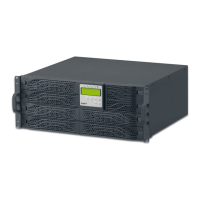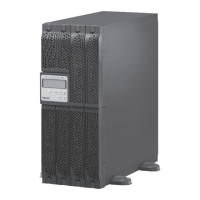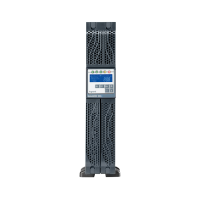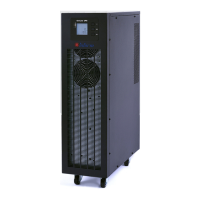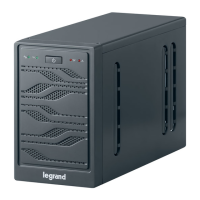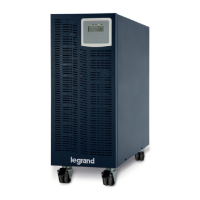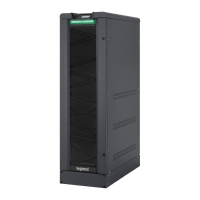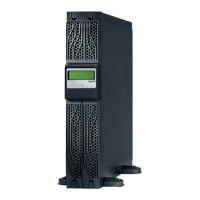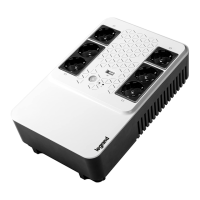Do you have a question about the LEGRAND DAKER DK Plus Series and is the answer not in the manual?
| Series | DAKER DK Plus |
|---|---|
| Technology | Online Double Conversion |
| Waveform | Pure Sine Wave |
| Transfer Time | 0 ms |
| Battery Type | Sealed Lead Acid (SLA) |
| Operating Temperature | 0°C to 40°C |
| Storage Temperature | -15°C to 45°C |
| Dimensions | Varies by model |
| Weight | Varies by model |
| Output Voltage | 230V |
| Frequency | 50Hz/60Hz |
| Backup Time | Varies depending on load and model |
| Communication Interface | USB, RS232, SNMP (optional) |
| Protection Features | Overload, short circuit, over temperature |
| Humidity | 0% to 95% non-condensing |
| Certifications | CE |
| Power rating | 1 kVA to 10 kVA |
| Input Voltage | 160V to 286V |
Manual must be kept safe, dry, and available for consultation throughout the equipment's lifetime.
Guarantee terms vary by country; consult local sales representative for details.
Manual content cannot be disclosed to third parties without written authorization.
Lists the items included in the UPS package: manual, cables, and accessories kit.
Instructions for setting up the UPS in a tower configuration, including with optional battery cabinets.
Instructions for installing the UPS in a standard rack configuration.
Details and diagrams of all ports and connectors located on the rear of the UPS.
Step-by-step guide for positioning the UPS and connecting cables and loads.
Explanation of the UPS control panel, including LCD display and indicator LEDs.
Description of the different operational modes: Normal, ECO, Bypass, and CF 50/60.
Step-by-step guides for starting the UPS in normal or cold start mode, and for shutting it down.
How to access and view various UPS measurements like voltage, frequency, and load.
Guide to accessing and modifying UPS settings like buzzer, battery test, bypass range, and operating mode.
Quick methods to switch between Bypass and ECO operating modes.
Information on the function and connection of the Emergency Power Off terminal.
Details on available communication ports (RS232, USB, SNMP) and software.
Recommendations for storing the UPS, including temperature, humidity, and battery charging.
Procedures and safety warnings for dismantling and environmentally responsible disposal of the UPS.
